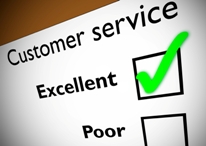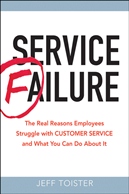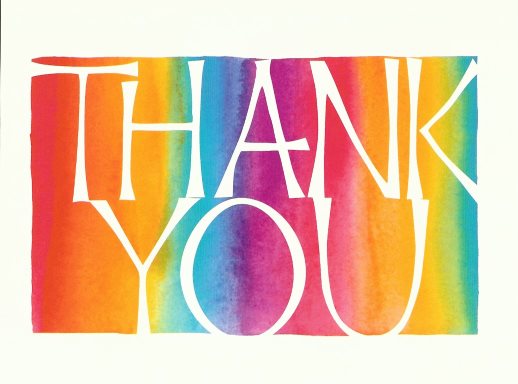Never reward employees for outstanding survey scores
 Jeff Toister
Jeff Toister  Thursday, April 4, 2013 at 10:01AM |
Thursday, April 4, 2013 at 10:01AM |  The Westin Portland is one of my favorite hotels. Their warm and attentive associates always make me feel welcome and you can’t beat their location in the heart of downtown Portland, Oregon. I’ve stayed their many times over the years and have come to feel like the hotel is my home away from home.
The Westin Portland is one of my favorite hotels. Their warm and attentive associates always make me feel welcome and you can’t beat their location in the heart of downtown Portland, Oregon. I’ve stayed their many times over the years and have come to feel like the hotel is my home away from home.
When I started writing my customer service book in 2011, I interviewed then General Manager Chris Lorino to learn some of the hotel’s service secrets. One of Lorino’s strongest beliefs was that you should never reward employees for achieving outstanding survey scores. He felt it was important to build a team of people who naturally wanted to serve guests at the highest level. In Lorino's opinion, a reward system would inevitably get in the way.
Both leading research on employee motivation and Lorino’s own success as a General Manager suggest that he is absolutely correct.
Rewards vs. Recognition
It’s important to differentiate between rewards and recognition. The purpose of this post is to demonstrate that employees shouldn’t be rewarded for outstanding service, but go ahead and recognize them all you want.
Rewards are if-then propositions. The prize and the criteria for earning the prize are spelled out ahead of time. For example, if you average a certain score on your customer service survey, then you will get a gift card.
Recognition is unexpected reinforcement of results that have already been achieved. An example would be giving an employee a gift card out of the blue to thank them for achieving a high average score on their customer service survey.
Eyes On the Prize
The biggest problem with rewarding employees for good customer service is it takes their attention away from providing outstanding service and re-focuses them on winning the prize.
We’ve probably all seen examples of the behavior changes this can cause:
- Directly asking customers to provide the top score on a survey
- Selectively encouraging only highly satisfied customers to complete a survey
- Submitting phony surveys to bolster scores (yes, this happens)
The Goal is not the Goal
What’s the purpose of conducting a customer service survey?
When employees are rewarded for achieving a certain score they may act as though achieving that score is the ultimate goal. However, most customer service professionals will tell you that the survey is really a tool that can be used for continuous improvement.
Here are a few ways that focusing solely on a survey goal might prevent continuous improvement:
- Employees may care less about service failures if the average looks good.
- It lessens the need for analysis to identify customer pain points.
- Employees may stop trying if they feel there’s nothing left to prove.
Let’s imagine a survey of 100 customers where 90 are satisfied and 10 are unhappy. If my employees are focused on achieving a specific target, they may feel great about a 90% customer satisfaction level. However, they’ll be much more eager to find out how to win over the other 10% if their true focus is continuous improvement.
So, how do I motivate the team?
If you want to learn more about the science behind rewards and employee motivation, check out Daniel Pink’s fascinating book, Drive. Pink's biggest point is that the true motivating factors are purpose, autonomy, and mastery. Let's look at each one in a customer service context:
Purpose
The very best organizations have a clear and compelling customer service vision that describes the type of service they're hoping to provide. It's amazing what happens when the whole team is unified around a common objective.
Autonomy
Nobody wants to be micromanaged. Give people the resources, training, and authority to get the job done right and then get out of their way and you'll see people taking responsibility for the results they achieve.
Mastery
We all want to be good at what we do. Help bring out the best in employees through coaching, training, and continuous feedback and you'll find that people will step up to the challenge of becoming the very best they can be.






